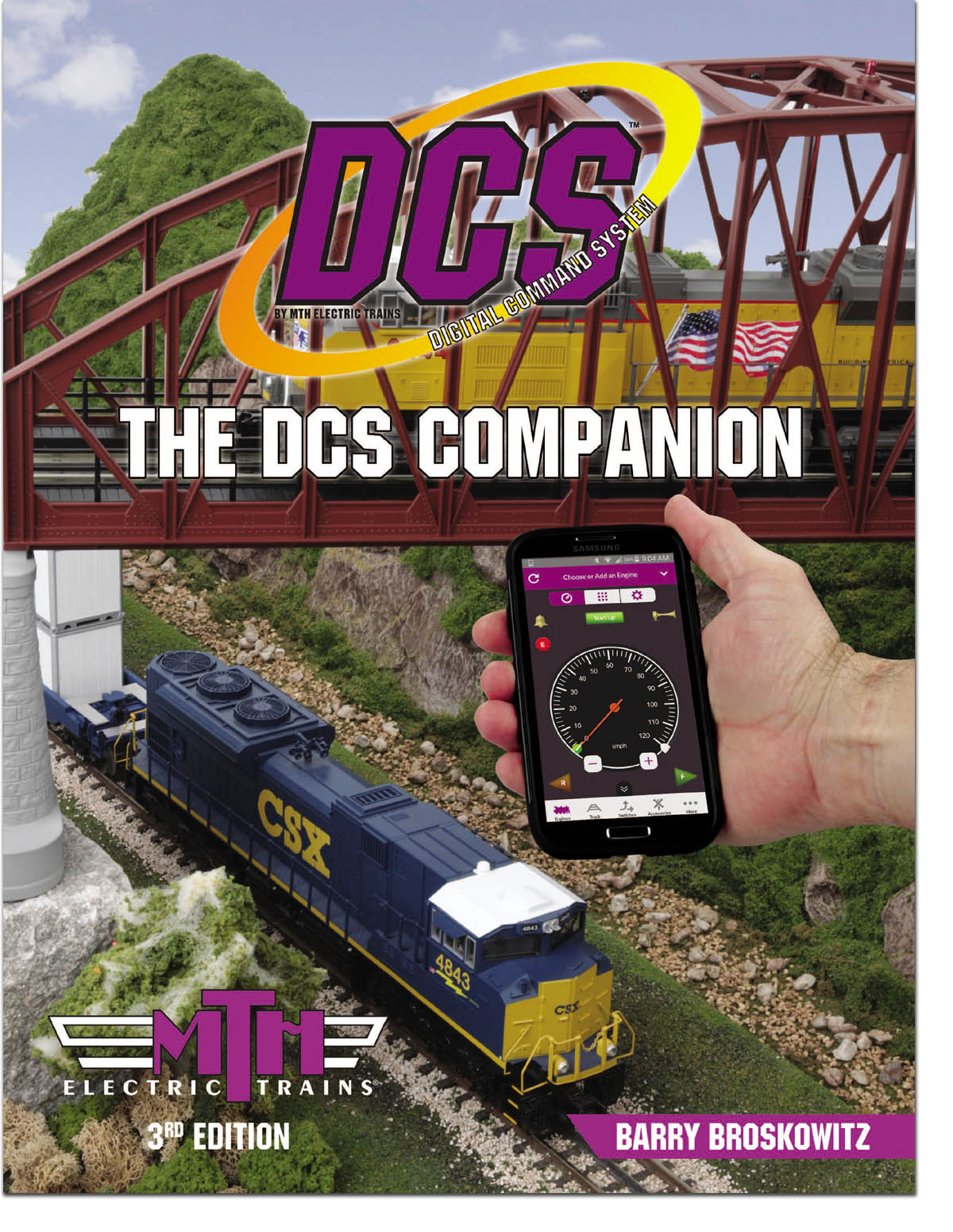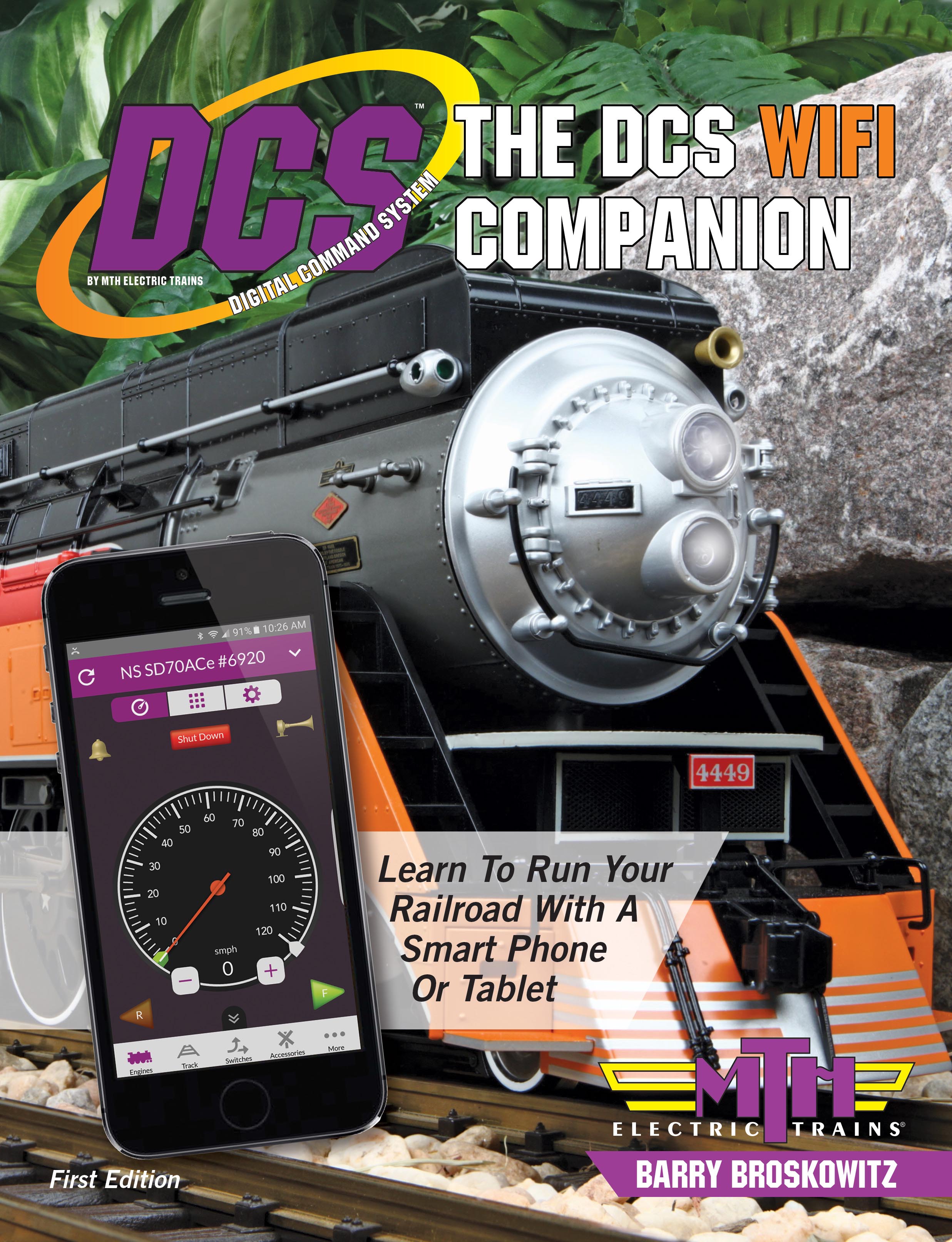River City 3 Railers has had an 8 track stub yard since 2012. It is roughly 21' long. Other than a hiccup, or two it has allowed us to operate w/ DCS fairly well. The tracks run to the edges of each module. Electrically, the tracks are connected module to module. Physically, they are not.
This year the overall length of the layout has grown another by 6'. We are currently ~20' x 40'. Located on one side is a new 3/4" wood box that covers 8' of the mainline. Sitting on top of the "box" is a train station. FWIW, the new station module is powered by its own Z4000 with track isolated from the main layout.
The TUI has been updated to 6.0. That hasn't helped. PS3 locomotives are especially problematic.
Since the addition of the new modules, and especially the "BOX", it has been virtually impossible to run DCS. The two most common errors are "Engine not found" and "Engine not on Track". This for locomotive that have previously run on the layout. Some of which are from just a day or two before.
Of course, all this means the yard area is now complete and total junk. I have been the recipient of a healthy string of derogatory comments about the yard by club members. Unless something changes, the yard modules are headed to my neighbor's burn pile in Powhatan County for a Viking funeral some time in February.
There are three questions I'm asking:
1) Covering the two mainlines and a passing siding with an 8' x 4' 11" BOX (3/4 thick wood). True/false, would/could this impact DCS operation?
2) I constructed 8 DCS filters per the Susan Deets drawing. We have a Rev L TIU. Should they work, or am I wasting my time?
3) The filters I built have caused their own problems. Common to one leg of the capacitor. The other leg of the capacitor soldered to on leg of the resistor. The other leg of the resistor soldered to the hot. Connect this to the terminal strip for the track, shorts out that channel of the Z4000. They are Mylar capacitors, so I'm 99% sure it isn't a polarity problem. Component specs are per her document. Any ideas?
I am so incredibly frustrated that the Viking funeral is looking better all the time.




